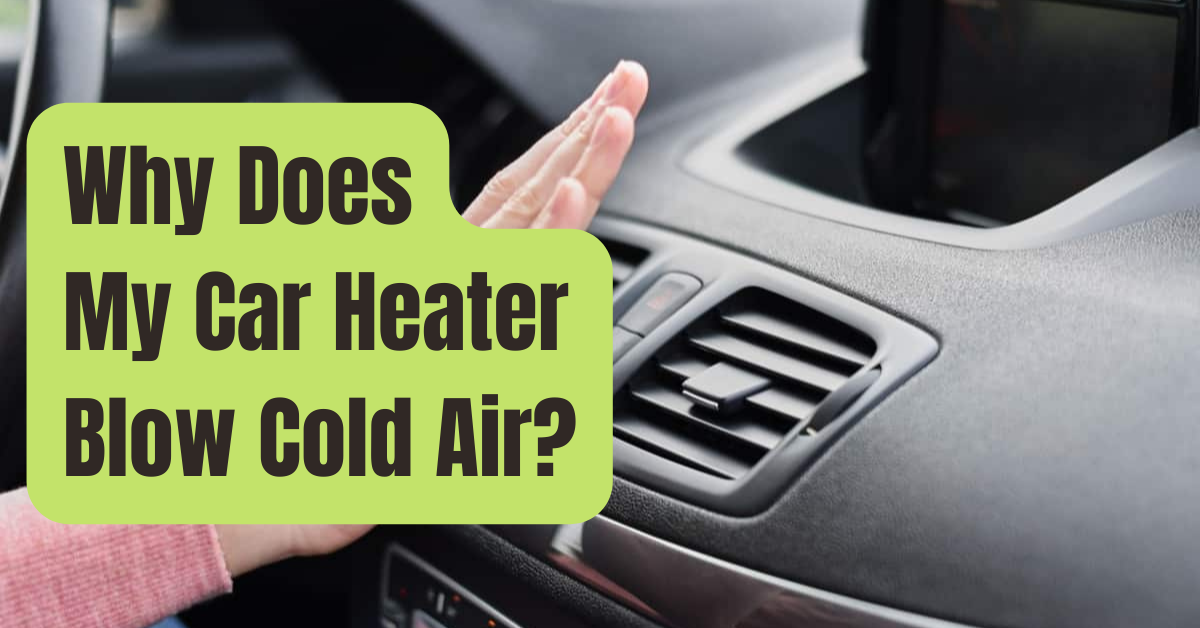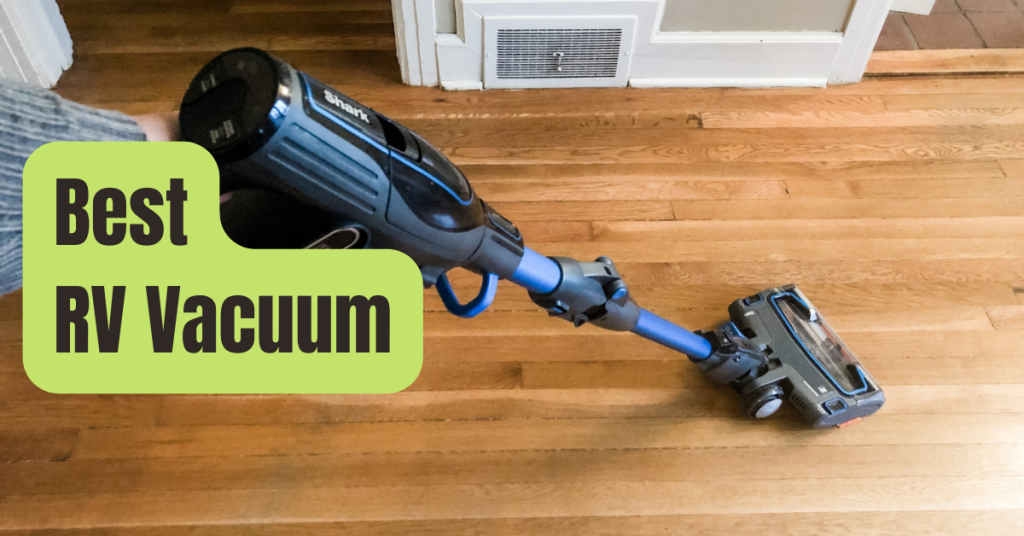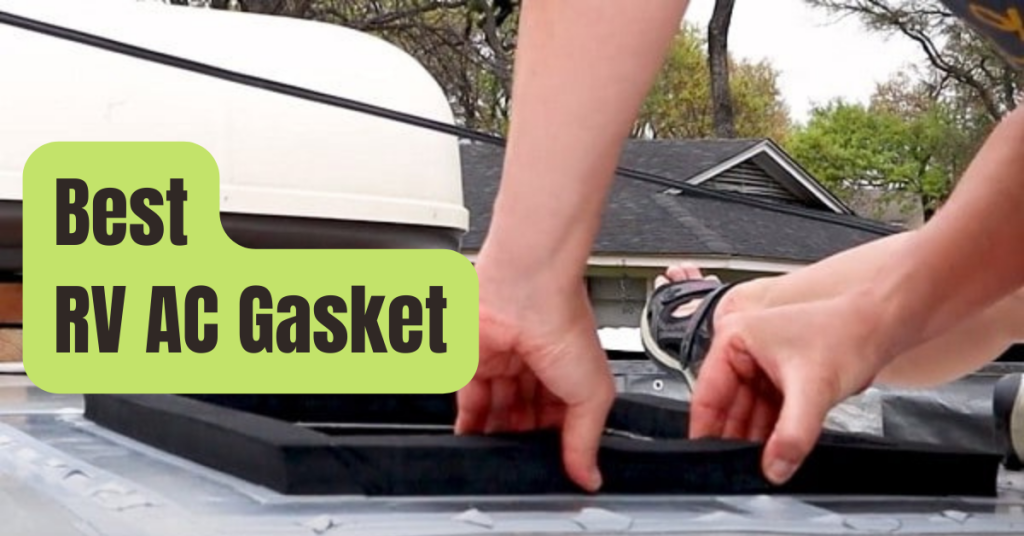Common Issues With Automobile Heaters Are Described
Car troubles may leave folks perplexed.
In the midst of a severely cold winter, if your vehicle heater suddenly starts pumping out chilly air instead of heat, you have good cause to be annoyed.
The chilly winter months may become almost intolerable with faulty vehicle heaters.
Automotive heaters have a variety of possible problems because, like a house heating system, they have several components that work together to heat your vehicle.
Your car may spew out chilly air instead of heated air if one or more of the following problems are present:
- The engine doesn’t have enough coolant.
- Difficulties with the heater core
- Defective or clogged heating controls
- Ineffective thermostats
- Leaks of water
Let’s examine each of these concerns in further detail.
#1. Insufficient Coolant
Your automobile requires coolant, which is typically composed of 50% antifreeze and 50% water, to cool down the engine, particularly during the sweltering summer months.
When you turn up the heat in the winter, coolant from the engine is transferred to the heater core, which then circulates warm air throughout your vehicle.
Because the engine must initially warm up before the coolant can heat up and produce heat for your cabin, it may seem chilly for the first few minutes.
The first thing you should check is your coolant level if cold air keeps blowing out.
Your automobile won’t be able to transfer enough coolant to the heater core to generate warm air if it is short on coolant.
#2. Heater Core Issues
Heater core issues are usually linked to car heater issues: the blower motor may not be delivering air to the heater core, the tiny heater core tubing may be clogged, or coolant may not be moving through the heater core effectively.
In a word, heater cores are small radiator-like components of cooling systems.
Brass or aluminum tubes that carry hot coolant in and out and fans that distribute the heat generated by the coolant make up a heater core.
The heating and defrosting functions of a car are carried out by the heater core.
Usually, heater cores are located just below the dashboards.
If the coolant level is OK and your vehicle isn’t pushing warm air into the cabin, your heater core may be malfunctioning.
Keep an eye out for these symptoms if you think there may be a problem with your car’s heater core:
- A haze inside your automobile
- A sweet-smelling, fruity fragrance
- Your automobile is fast depleting its coolant.
- Overheating of the engine
#3. Faulty Or Clogged Heater Controls
The control buttons sometimes get gummed up and quit functioning after being used for a while.
You could need to replace some of the control buttons or your heater control valve if the coolant levels are OK and there doesn’t seem to be an issue with your heater core.
The switch that turns on and off the heat is the heater control valve, which is located below your hood.
Your automobile can get stuck pumping cold air into the cabin if that component is not functioning properly.
#4. A Broken Thermostat
If your thermostat gauge continues to read “C” even after the engine has had a chance to heat up, your thermostat may be faulty.
The coolant won’t be moved across to heat your heater core if the thermostat can’t communicate to the automobile that the engine is heated, thus the air will remain chilly.
Installing a new thermostat may get your heater functioning again fast since they are a simple and affordable repair.
#5. Water Leaks Are Factor
A water leak is the last typical issue with vehicle heaters.
Leaks may appear in a variety of areas, so be sure to inspect your hoses, radiator, and water pump for damage.
Your vehicle heater won’t function correctly if any of these three are leaking.
A winter that is more pleasurable may be achieved with an efficient heating system.
Contact a trustworthy local vehicle repair company to have a look at your heating system if you have any of these problems or can’t get heat to blast out of your vents.
It’s crucial to take care of heater issues as soon as they arise.
Ignoring the issue might lead to a later, more expensive, and worse problem.










